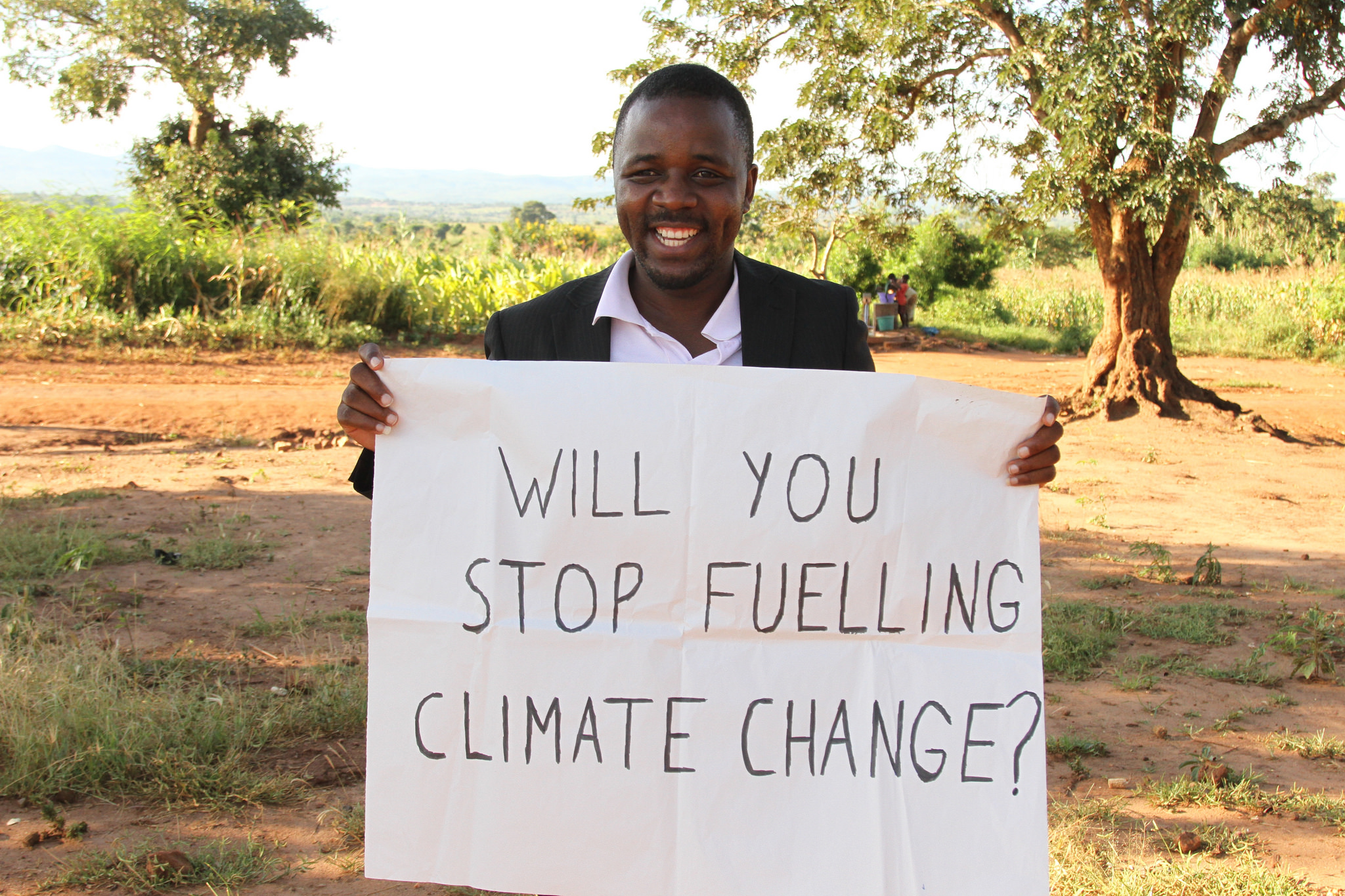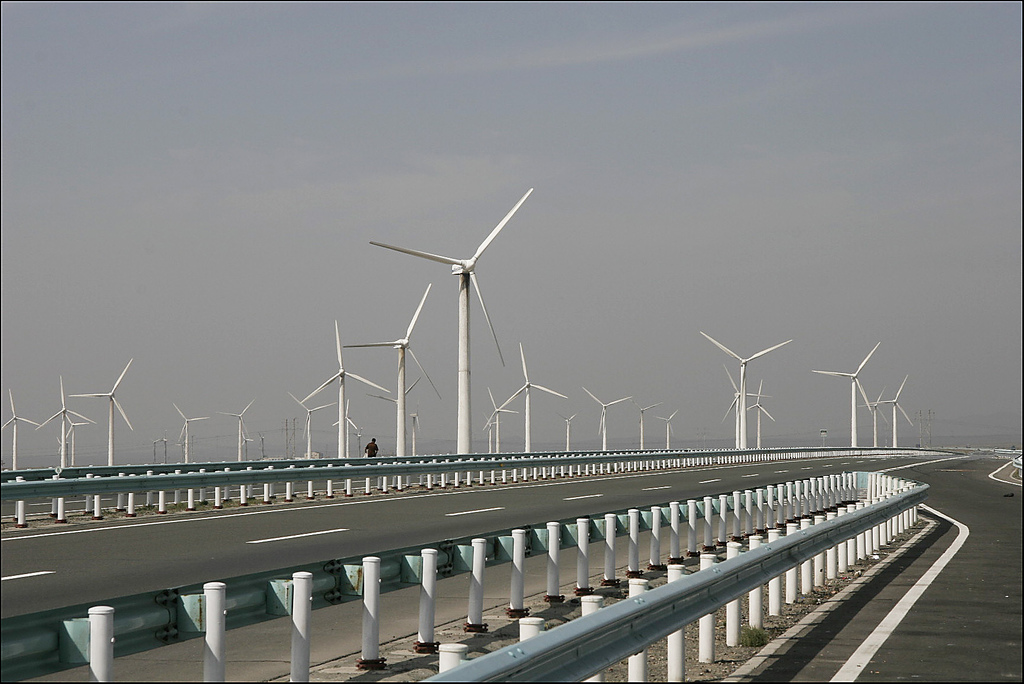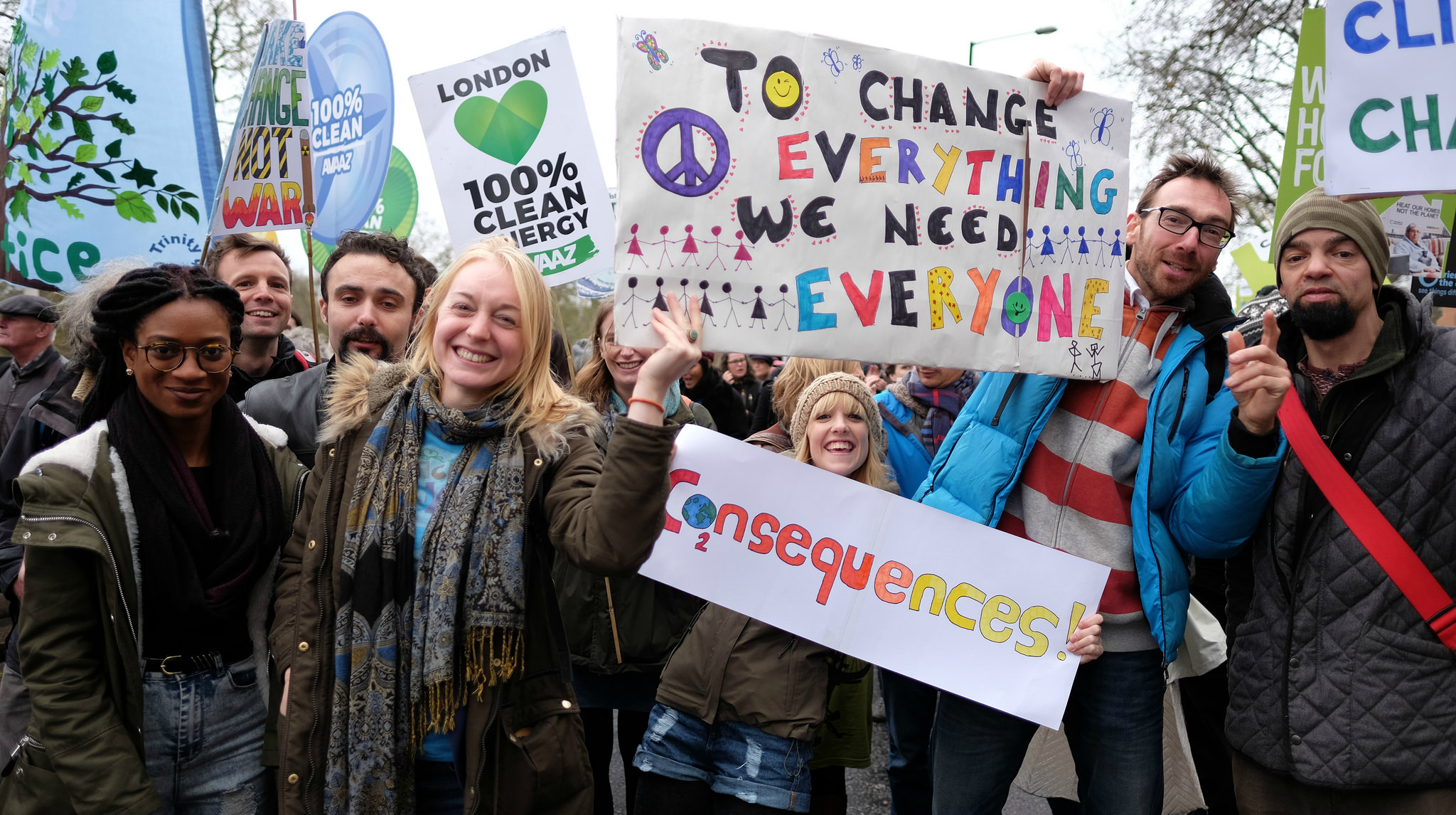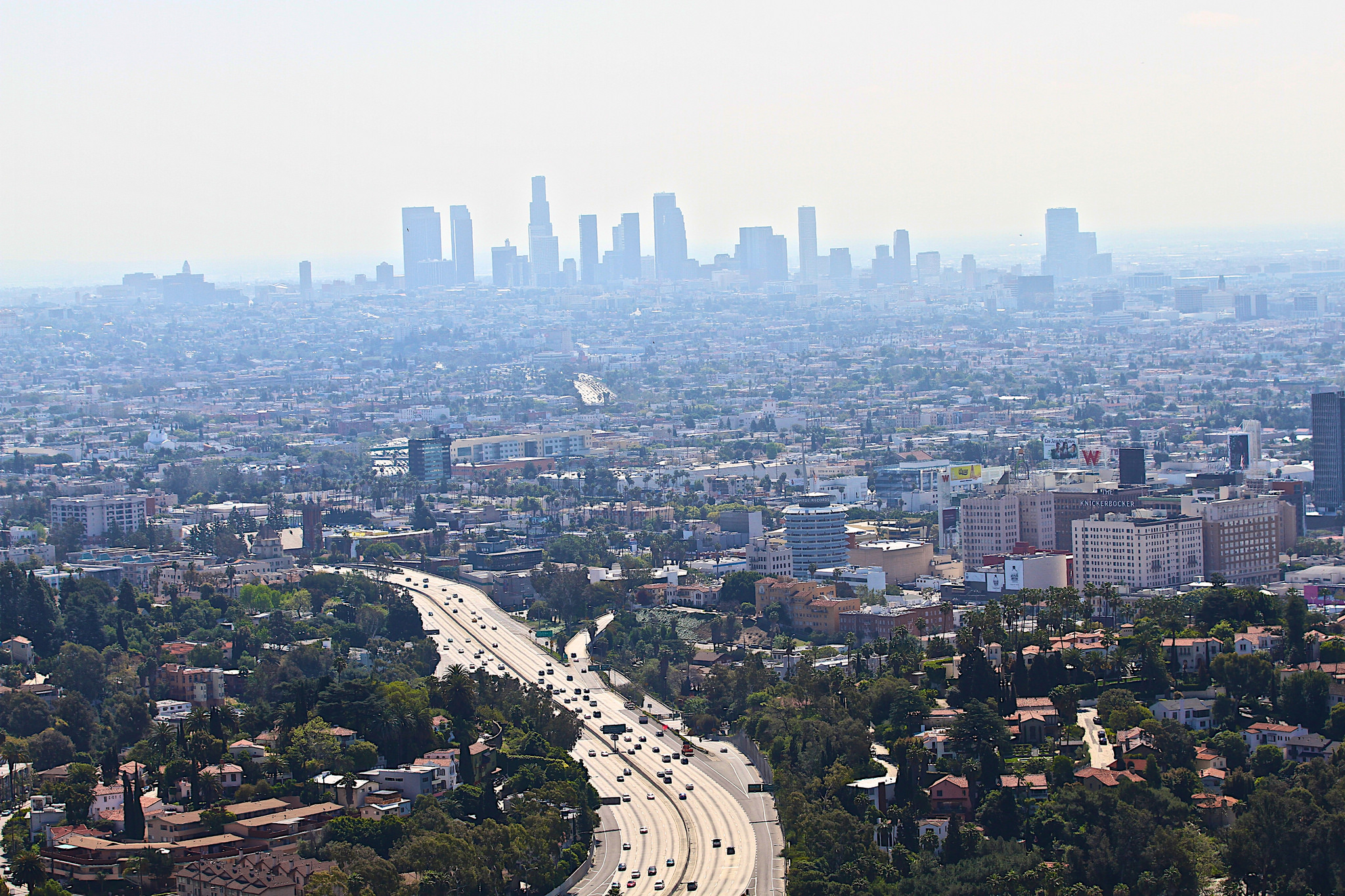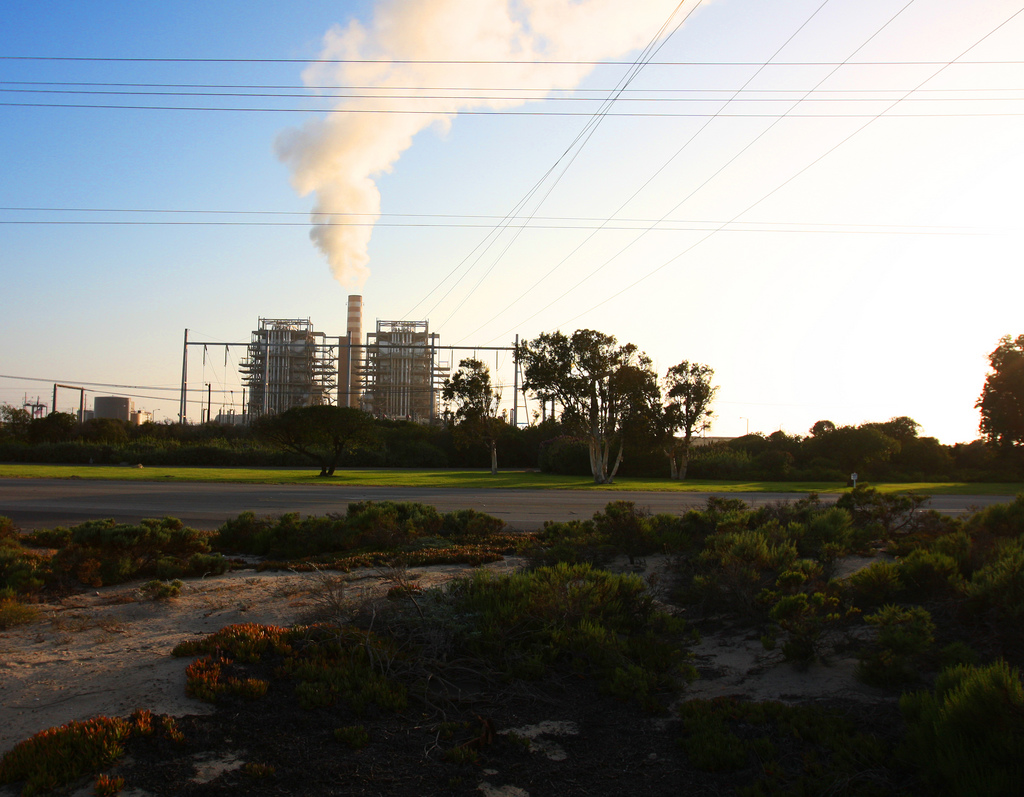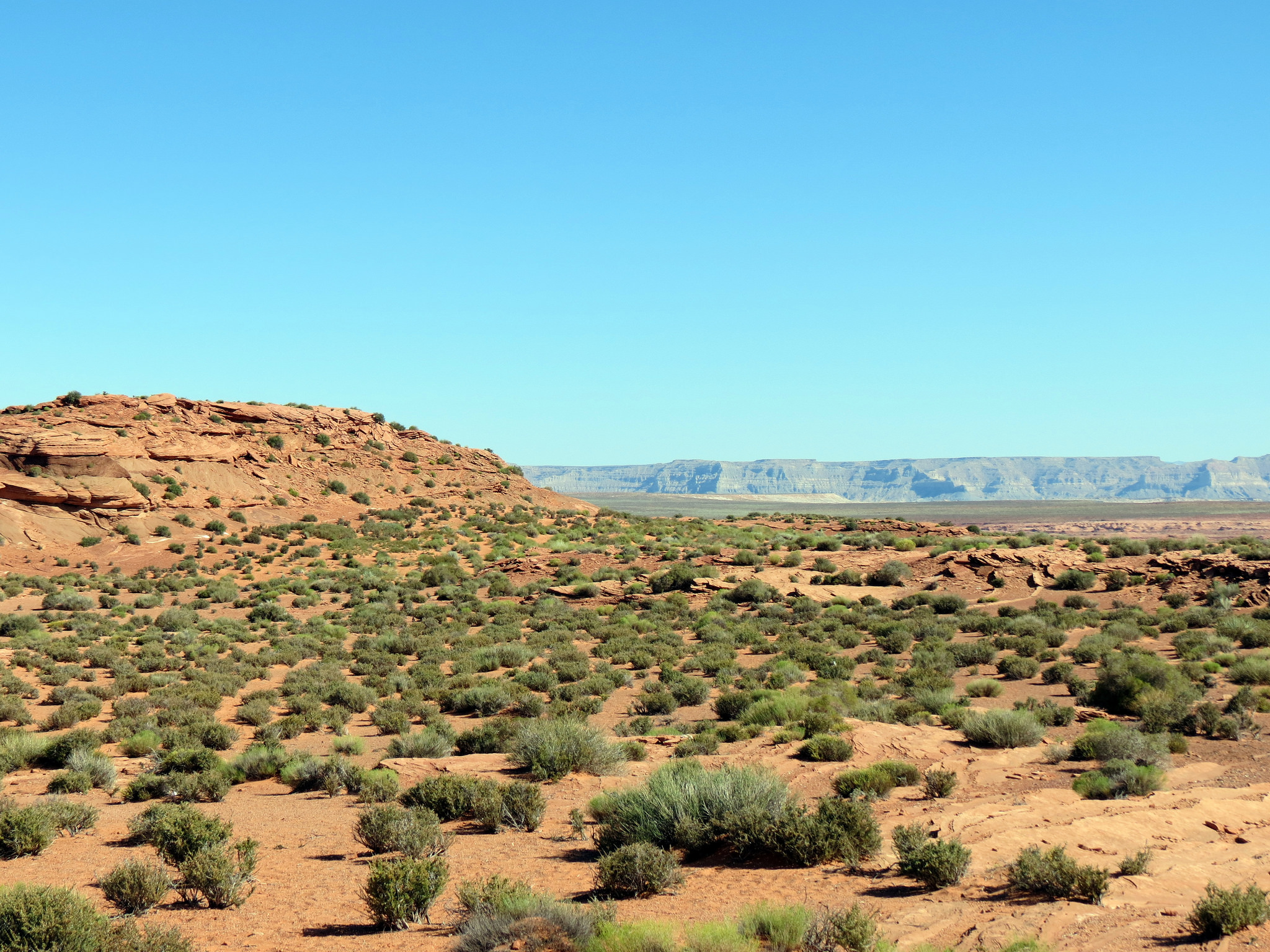fossil fuels
China As Climate Leader
China and the United States today produce nearly half of the world’s carbon emissions, so the fight against global climate change depends greatly upon what actions the two countries take. China has undergone a dramatic transformation over the past twenty years from a largely rural society to one that is far more urbanized and far more energy intensive. In 1997, when the Kyoto Protocol on climate was negotiated, China was only responsible for 14% of global CO2 emissions. It then surpassed the US on that front in less than 10 years and now accounts for nearly 30% of the world’s emissions.
The Ocean As A Heat Sink
From 1998 until 2013, scientists observed a slowing in the rate of global mean surface warming. In other words, global temperatures were not rising as quickly as before. This quickly became known as the “global warming hiatus.”
The Methane Riddle
Most of the blame for climate change has been placed on the growing levels of carbon dioxide in the atmosphere, but methane also plays a major role. Estimates are that about 1/5 of greenhouse effect warming is caused by methane in the atmosphere. There is far less of it than carbon dioxide, but methane is tremendously more effective at trapping heat.
Climate Change And Jobs
Combating climate change is a bit like treating a disease whose early stage symptoms are not very severe. People are not as motivated as they should be. Businesses have to comply with new regulations and spend money on new technologies, which seems like a losing proposition.
Canadian Carbon Tax
The Canadian government has chosen a carbon tax as its national policy to reduce greenhouse gas emissions. This aggressive move could have major repercussions around the world.
Carbon Dioxide Continues To Rise
Back in December of 2013, a little less than three years ago, Earth Wise reported that the observatory on Mauna Loa in Hawaii had briefly measured carbon dioxide levels greater than 400 parts per million for the first time ever. During the following year, readings above the 400 level started to pop up occasionally elsewhere as well.
Are Electric Cars Worth The Price?
Pretty much every discussion of electric cars, plug-in hybrids and ordinary hybrids starts and ends up with the question of whether they are worth the money. If the reason for buying such a vehicle is strictly economic, then this is the right question to ask. But the naysayers who say such a purchase is foolish may be barking up the wrong tree.
A Giant Solar Power Plant In India
In late September, the world’s largest solar power plant went online in the Indian state of Tamil Nadu. It is a 648 MW array of solar panels that is spread across 2,500 acres in the town of Kamuthi and will supply enough energy to power 300,000 homes.
CO2 Air Capture
The level of carbon dioxide in the atmosphere has reached 400 parts per million and is still rising. Climate scientists say that 450 parts per million would be dangerously high. Many experts say that we really need to get back to 350 parts per million. We are trying to prevent global temperatures from rising more than 1.5 degrees Celsius.
Less Sulfur In The Soil
Acid rain is rain containing high levels of nitric and sulfuric acids. The main culprit for it is the burning of fossil fuels, particularly coal-burning power plants. The most serious effect of acid rain is the creation of toxicity in lakes, wetlands and other aquatic environments, doing great harm to a wide range of aquatic animals.
Solar Power And Drinkable Water
According to a report from the International Food Policy Research Institute, more than half the world’s population will be at risk of water shortages by 2050 if current trends continue. As the climate continues to change, severe droughts are becoming increasingly commonplace.
Carbon Counters
The Paris climate agreement last December resulted in commitments by 195 countries to reduce their carbon emissions. The countries around the world made specific pledges to reduce emissions in the form of “intended nationally determined contributions” or INDCs.
Dangerous Air
Much of the public discourse about pollution is focused on the long-term consequences of greenhouse gases in the atmosphere. There are still some who doubt that such consequences are really in the offing or that our actions are responsible in any case.
